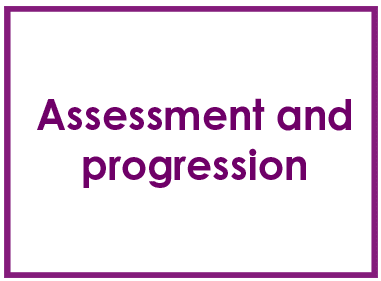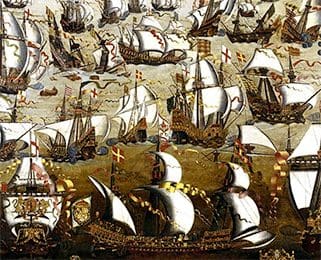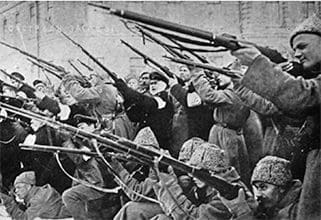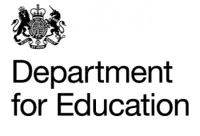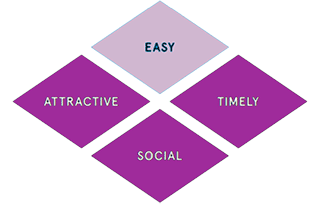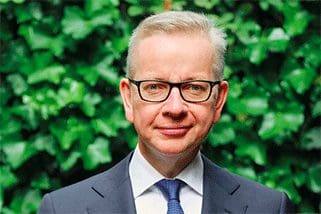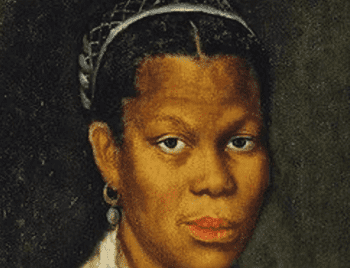
Amid the current state of heightened racial tension across Britain and the USA, I thought it might be a good time to think about what we are doing in history to help with diversity.
How is BAME history being represented in your school?
As Ajebo’s report of 2007 stressed: “Exploring and understanding their own and others’ identities is fundamental to education for diversity, essential as pupils construct their own interpretations of the world around them and their place in that world”. The focus on ancient and non-European societies and histories should provide some excellent opportunities for engaging in ‘world history’ and outside of the usual Euro-American trajectories. But are you exploiting these possibilities in your KS2 history curriculum?
This is a much more urgent issue now. Between 2005 and 2015 the percentage of the primary cohort who are minority ethnic (i.e. not White British) rose from19.3% to 30.4%. The largest increases have been in the percentage of Asian children and ‘Any other White background’. In Inner London, the percentage of BAME pupils is 81%.
So how should this context influence what we teach?
The most recent Historical Association primary history survey identified Ancient Egypt as the most popular of the ancient civilizations with a predictable 85% studying it (rather than Ancient Sumer, Mesopotamia , Indus Valley or Shang China) and 65% studying the Maya rather than Benin or Islam.
It could be argued that schools teaching a high proportion of BAME pupils might be better served studying the Indus valley and early Islamic civilizations or Benin. I recently acted as consultant to a school in Slough area where 95% pupils had Asian heritage. The first thing I recommended to them was that they teach the Indus Valley alongside, if not instead of, Ancient Egypt. The reason was simple. This provided pupils with a wonderful opportunity to explore the history of their ethnic homeland as one of the cradles of civilization.
In another London school with a strong Muslim cohort I recommended the study of Islam as it provided so many positive images for all the class to see. In a third school, with a large Afro-Caribbean contingent, it was clear that a study of Benin would offer powerful images of successful black rulers as well as a civilization that was in many ways well in advance of its European counterparts. One look at the Benin bronzes convinced pupils that here was a very sophisticated society indeed. When so much media attention is given to Africans as slaves at the moment, this served as a powerful antidote.
But why is there so little world history being taught that truly reflects the demographic of Britain in 2020?
The Runnymede trust blamed the government for not making some of these non-European studies compulsory.
Rather than insisting on the incorporation of world and diverse histories at the core of the discipline, this means that schools can ‘select out’ courses deemed to be irrelevant to a monocultural or less diverse student body.
In many ways this was one white man’s personal view of what history should be taught. It didn’t do him any harm in his Surrey prep school after all!
Yes, but my staff are good at teaching Egypt and the Maya and lack any training or experience in teaching these other topics for the first time. Why swap what works well for the unknown?
Yes, this is a powerful argument. My reaction is nearly always, why don’t you teach both, but just spend less time on each? Surely better than not addressing some key issues of diversity at all. At the very least, make sure that you compare Egypt with at least Mesopotamia and the Indus valley when looking at Ancient Civilizations and preferably include Shang China as well.
But where will I find resources?
All publishers have now covered all bases as does the BBC’s recent series Lost Lands. On this site there are outstanding lessons on virtually all optional non-European topics. Another great source to visit if you want to read about the issues first hand is
https://www.runnymedetrust.org/projects-and-publications/education/history-lessons-2.html
What else might we do with the curriculum to encourage diversity in the history curriculum at KS2?
One obvious possibility is local history. Whilst there is often a danger with local history of presenting change over time as an essentially white British story interrupted by post-war immigration, there are in fact many obvious possibilities. One school had a lot of children from a part of India. Many men from this part had fought for Britain in the Second World War. Pupils used this as an opportunity to go beyond a local study of the war memorial close t the school, to embrace the role of the commonwealth and India, in particular, in bringing victory to the Allies in 1945.
Then there is the dimension of referring to black peoples living in Britain in many periods leading up to the 20th century. Do we bother to mention them or just marginalise them within the all-consuming all-white narrative?

